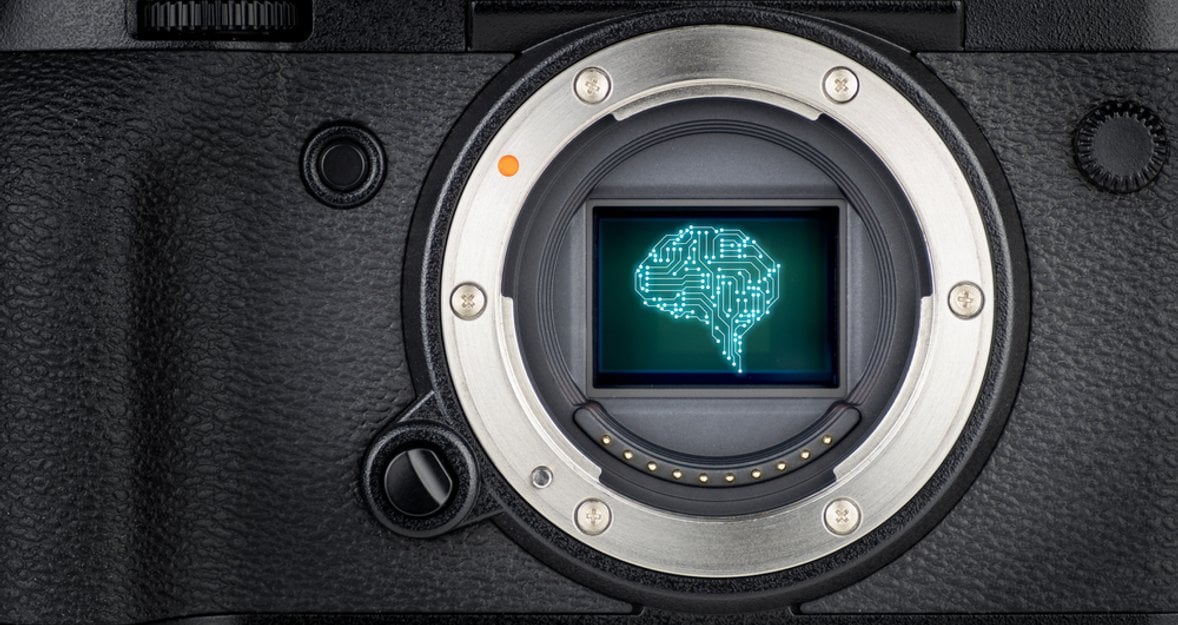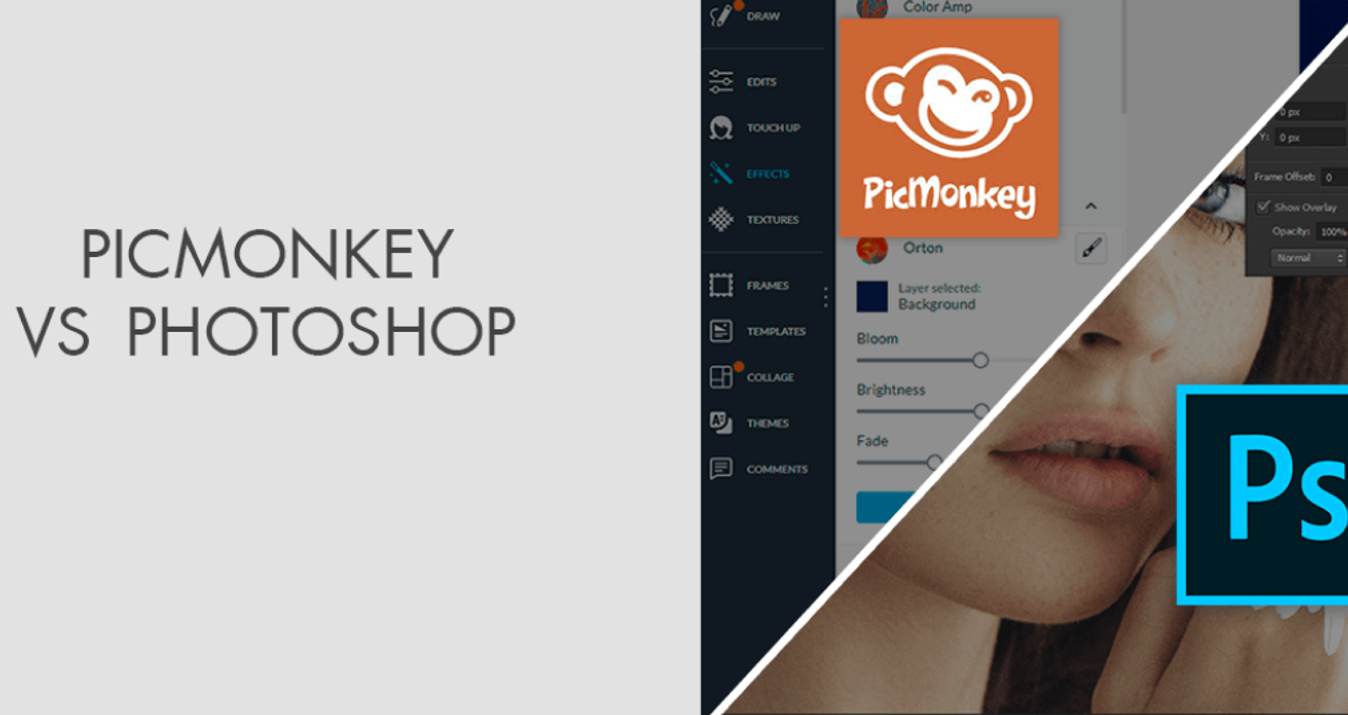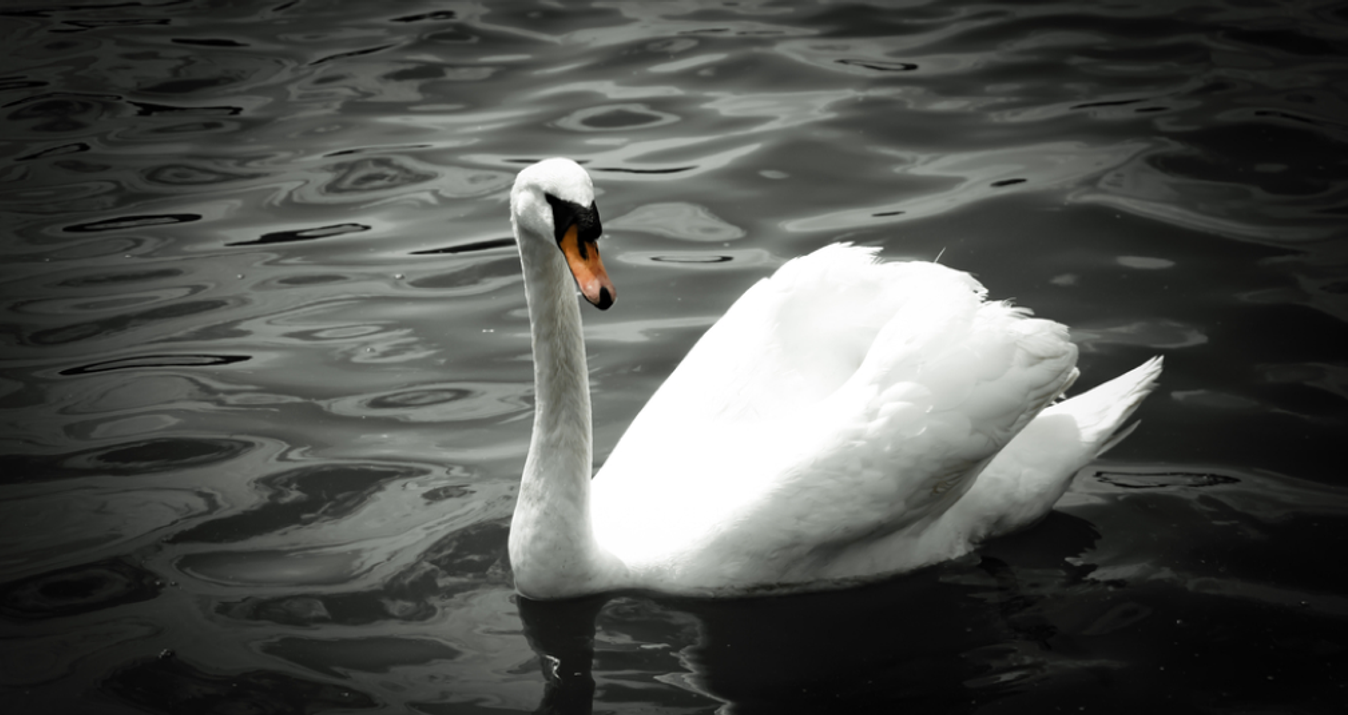AI Is A Modern Echo Of Photography's Revolution At Work
July 11, 2025

AI is changing photography — just like digital once replaced film. Explore how each tech shift sparked fear, freedom, and creativity in the photo world, and why AI might be the next big leap.
Using artificial intelligence at work? That's a definite faux pas. A neural network will never be able to convey the tender feelings of lovers, the melancholy or festivity of winter, the longing of autumn, or the joy of summer. But in reality, no one expects AI to do that. Its task is to help people and simplify their routine tasks. After all, photographers are artists too, and technical issues hinder the development of their talent and ideas.
The advent of artificial intelligence in our work has ushered in another revolution in the art of photography. The winning entry in the Open Creative category of the Sony World Photography Awards, created by artist Boris Edgkinson with the help of AI, is proof of this. New challenges and incredible opportunities on the horizon can be frightening and confusing. If we examine the development of photography as an art form, we will see that this revolution has been repeated many times.
We remember how film was replaced by digital technology. We worried about how Photoshop would affect the quality of our work. Likewise, we doubted that photography using mobile phones would become popular. Today, these photos are no worse than those taken with a camera. And many people were confused and didn't know why people were ditching their DSLRs, thinking they were toys for amateurs.
The Painful Transition From Film to Digital Media
 Between the 1990s and 2000s, photographers experienced their first turning point: the revolutionary transition to digital photography. With the advent of commercially available digital cameras, the pillars of the photography profession, who had been shooting on film, seriously claimed: «Digital technology will kill photography as an art form».
Between the 1990s and 2000s, photographers experienced their first turning point: the revolutionary transition to digital photography. With the advent of commercially available digital cameras, the pillars of the photography profession, who had been shooting on film, seriously claimed: «Digital technology will kill photography as an art form».
Exclusive Tools of Endless Possibilities in One AI Editor
Explore Now!They were convinced that with the advent of «digital», everything that made photography real would disappear: patiently composed shots, precise manual settings, and the magic of developing. Fears arose that art would turn into a stream of quick, soulless images, similar to Polaroids.
Another argument sounded particularly alarming — now, anyone could become a photographer. Digital cameras were freely available for sale, shooting with a point-and-shoot camera became easier, and the results were visible instantly. There was no need to buy film, engage in laborious development, and wait. And this was frightening — it seemed that the profession was being stripped of its exclusivity and depth.
The result of digitization turned out to be quite different — film photography did not disappear. It left the mass market and became niche — exclusive. Masters buy film to achieve a slowdown, a special mood in the frame, texture, and living errors.
Digital, on the other hand, has opened up a new reality:
photography has become accessible;
experimenting has become cheaper;
learning has become easier;
sharing has become instantaneous.
The digital revolution has led to a shift in the approach to photography — the emphasis has shifted from process to result, from technique to concept.
And now we find ourselves in a similar situation — artificial intelligence is causing the same concerns. Again, «Now anyone can be a photographer. The neural network will do everything for you. Retouching, lighting, masks, cropping — all automatically».
In reality, AI eliminates routine tasks. The AI Mask tool selects complex objects: hair, clothing, and textures. Previously, this took hours in Photoshop with a magnifying glass and patience; today, it takes two clicks. Photographers should not be afraid of neural networks — they will take the process to a whole new level of professionalism.
How We Started Using Photoshop
 In the late 1990s, Photoshop began to penetrate the profession with tools that enabled photo editing. Those who started with film initially perceived computer retouching as cheating — removing pimples, brightening the sky, smoothing the skin. If you edit photos in Photoshop, you are a designer.
In the late 1990s, Photoshop began to penetrate the profession with tools that enabled photo editing. Those who started with film initially perceived computer retouching as cheating — removing pimples, brightening the sky, smoothing the skin. If you edit photos in Photoshop, you are a designer.
Photoshop didn't disappear, and everyone realized it was a tool for reducing visual effects. There were some excesses: plastic skin, HDR caricatures, irises glowing like a cat's. But the industry gradually found a balance, and professional retouching became the norm.
Those who criticized digital post-processing now use basic tools:
exposure correction;
color correction;
cropping;
removal of debris and minor defects.
We are now seeing a similar transition from «shock to standard» with AI. With the Generative Fill feature in Photoshop. It is compared to magic: you can replace the background, add details, remove extra people or wires, and draw in the missing parts of the frame. For the old school, this is again «too much». In the 2000s, it was a matter of time.
Previously, dust and glare could be removed manually; now, a neural network can. An example is services like Image Cleaner. They remove unnecessary objects without a trace. AI simply relieves them of routine tasks. In the 2000s, Photoshop caused the same panic as neural networks do today. Neural network tools are changing the approach, but the essence remains with the person — to see, feel, and choose the moment.
Your AI-Powered Photo Editor for MacOS and Windows
Discover Now!The Revolution in Mobile Photography
 Millennials remember well the moment when the first photos taken with mobile phones became commonplace. The 0.3-megapixel cameras couldn't take high-quality pictures, but we stubbornly continued to use them. Perhaps this was the impetus for manufacturers to initiate a technology race, leading to the recognition of smartphone photography.
Millennials remember well the moment when the first photos taken with mobile phones became commonplace. The 0.3-megapixel cameras couldn't take high-quality pictures, but we stubbornly continued to use them. Perhaps this was the impetus for manufacturers to initiate a technology race, leading to the recognition of smartphone photography.
Photographers panicked again — it seemed that the market was about to collapse: why hire a professional when an iPhone can shoot in HDR, take portraits with a blurred background, automatically adjust white balance, and stabilize the image? The question was straightforward: «The phone does everything anyway — why do we need photographers?»
Today, everyone carries a camera in their pocket and uses it. Instagram, TikTok, Pinterest, and visual blogs have become part of everyday life. People have started documenting their lives like never before.
There has been a shift in emphasis — everyday photography has moved to smartphones, while commercial photography has become conceptual. The focus has shifted to the idea, presentation, and visual style. Attention has moved away from pure technical «sharpness» to content.
How smartphone photography differs from camera photography:
Smartphone | Professional camera |
Automatic mode | Full control over settings |
Focus on the moment | Focus on the idea |
Apps with filters | Precise post-processing in editors |
Algorithms get better results | The photographer builds the result by hand |
Shooting «to the feed» | Shooting with preparation and staging |
The Midjourney neural network generates a beautiful image in two minutes, but it lacks atmosphere, meaning, emotion, and story. Likewise, smartphones have not replaced photographers, and neural networks will not replace artists with cameras. AI can speed up routine tasks, provide options, and assist with composition. However, the human eye is still necessary to capture the unique feeling of the moment.
For the convenience of consumers, useful tools are built into photo editors. For example, Luminar allows you to quickly change the shades, temperature, or tone ratios in an image. Thanks to changing image color, you can control the palette intuitively and accurately; this is part of the modern visual language.
Revolution in Cameras
 A new wave of progress in photography emerged after 2015, when manufacturers introduced the option for photographers to shoot with mirrorless cameras. The reaction from professionals was sharply negative. The new equipment was called «toys for amateurs» and criticized for its battery life, viewfinder lag, unstable autofocus, and overheating. They continued to stick with their DSLRs, believing that a mirror could guarantee accurate results and reliability.
A new wave of progress in photography emerged after 2015, when manufacturers introduced the option for photographers to shoot with mirrorless cameras. The reaction from professionals was sharply negative. The new equipment was called «toys for amateurs» and criticized for its battery life, viewfinder lag, unstable autofocus, and overheating. They continued to stick with their DSLRs, believing that a mirror could guarantee accurate results and reliability.
But time has put everything in its place. Since 2018, the industry has been undergoing a reboot. Canon, Nikon, Sony, and Fujifilm have increasingly announced mirrorless models, including flagship models. In 2022, Canon officially announced that it was discontinuing the development of SLR. Nikon followed suit, shifting its production focus. The reasons are simple: accurate and fast autofocus in real time, an electronic viewfinder, less weight and size, and no moving mechanical parts.
Comparison table of SLR and mirrorless cameras:
Parameter | Mirror cameras | Mirrorless cameras |
Viewfinder | Optical | Electronic |
Autofocus | Contrast/phase detection | Hybrid eye detection |
Weight | Heavier | 1.5-2 times lighter |
Stabilization | Depends on the lens | Often built into the body |
Updates | Practically none | Active development |
The first mirrorless cameras suffered from overheating, poor battery life, and slow startup. But with the release of models such as the Sony α7 IV, Canon EOS R6, Nikon Z6 II, and Fujifilm X-T5, it became clear that mirrorless cameras are confidently outperforming their predecessors in primary parameters.
The same thing is happening now with artificial intelligence. Those who were not ready to trust automation are now using AI photography tools for color correction, skin retouching, noise removal, or selecting the best frame from a series.
Mirrorless cameras have become the standard because technology has caught up with ambition. The same is true for AI: when algorithms begin working in real-time, recognising structure, light, and form, they become a professional tool.
What do All These Changes Have in Common?
 Naturally, new technology initially causes fear and resistance. Once this fear is overcome, new perspectives and opportunities for using the innovation immediately open up. This was the case with digital cameras, Photoshop, mobile photography, and mirrorless cameras. Photography is not going anywhere — it is transforming based on human needs.
Naturally, new technology initially causes fear and resistance. Once this fear is overcome, new perspectives and opportunities for using the innovation immediately open up. This was the case with digital cameras, Photoshop, mobile photography, and mirrorless cameras. Photography is not going anywhere — it is transforming based on human needs.
Right now, we are simply witnessing the next stage — neural networks and automation. AI does not replace the photographer; it relieves them of routine tasks and frees up more time for creativity. Today, professionals are using artificial intelligence for photography, smart retouching, cropping, masking, and lighting selection. It is not those who fear change who win, but those who know how to apply it wisely.





